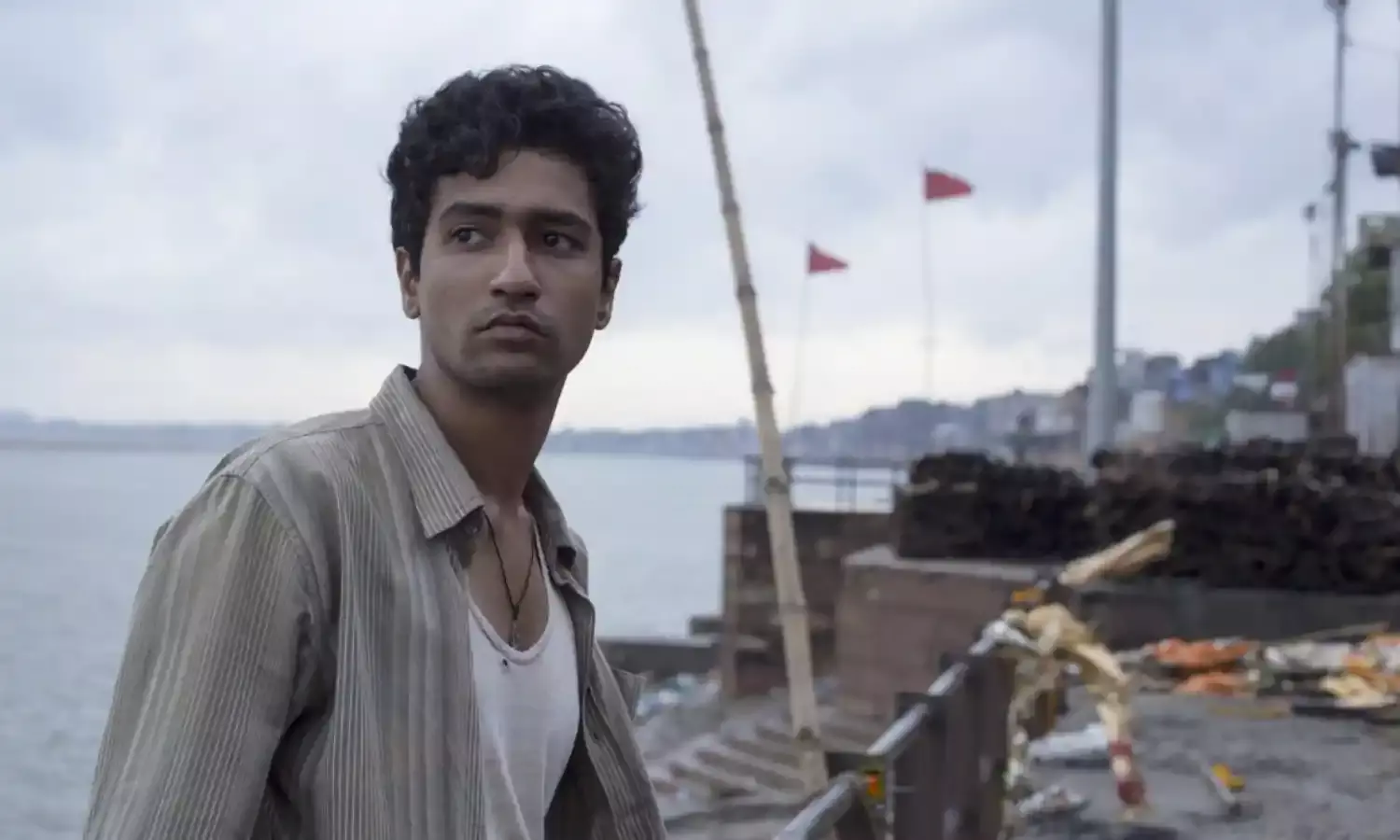Childhood Summer Afternoon: Five Years of Masaan
A lot of us think Masaan is an Indian masterclass

zindagi kya hai, anasir mein zuhur-e-tarteeb
maut kya hai, inhi aza ka pareshan hona
What is life? A delicate arrangement of the five elements
What is death? A slight disturbance of this arrangement.
—Pandit Brij Narayan ‘Chakbast’
Recently a highly relevant film completed five years: Masaan. A lot of us think Masaan is an Indian masterclass. Four lives clash and pan out towards accidental fates. Yet, the randomness reflects society. The film’s genius lies in how images of desires, identities and angst criss-cross, and offer audiences the best that cinema can offer: a burning desire for existential closure. So much like the Iñáritu masterpiece, 21 Grams (2003).
The appeal of the Neeraj-Grover tale lies in the characters’ social symmetry, which does not change though it is subject to unknown forces of fate. As the story proceeds, the four lives (2 middle, 1 upper and 1 lower) retain a numeric symmetry in how they engage with the story. This is up-Devi, mid-Piyush, mid-Shalu and low-Deepak.
Deepak’s rendezvous with mid-strata Shalu spins out of control in the face of caste differences. A problem posterized by the death of Shalu. This is in contrast with mid Piyush and up Devi. Caste is not a problem for them. The problem is patriarchy, which brings death to Piyush. Both the middles die. The highered and lowered remain, their lives shattered. All four lives visit the masaan (crematorium) one by one.
While the Brahmin Devi’s family is affected by the early loss of Mother, the Dom Deepak’s family is suffering from the fears around caste profession as Deepak yearns for a private job. Piyush and Shalu have no family problems. There is no problem in the middle. The crisis and drama is at the edges.
An indictment of the social prejudices of UP law and order occurs when the police man asks the girl’s father his name. This is the moment where the punishment for the girl is prescribed. Just like the hotel scene where the surname from Piyush’s ID card was read aloud outside the bathroom. Later, when the Brahmin father’s appeal is snubbed by the Brahmin policeman, patriarchy defeats caste sympathy.
It is interesting to note that while director Neeraj Ghaywan is from a lowered caste family, five of the six main characters in this masterpiece were played by Brahmin actors. In fact, most of the actors who appeared in the film are Brahmins.
Masaan is not a film about caste issues resulting in a human condition. It’s a film about the human condition explored via caste. An exploration by the Ganga in Banaras results in redemption found along the river in Allahabad, the birth place of Ganga. Birth after all, is the beginning of caste, and a journey by Ganga from Banaras to Allahabad, is a journey against the current.
Like the journey of Devi and Deepak, who meet in Allahabad, the point of birth, where castes are allotted in the river of life. The river into which Shalu’s bus plunges, is the same river in which Piyush’s last remains were dissolved. The river that brings forth the gold ring of Shalu to cease patriarchy’s punishment.
Varanasi is a centuries old city, and its ghats the hard bound spiritual registers of a world. Five years later, Masaan stands as a respected visual poem, an enduring reflection, from the city of existentials. A siesta on a sweltering afternoon, from a childhood summer vacation.
Ali Kirmani is a script writer and film analyst



